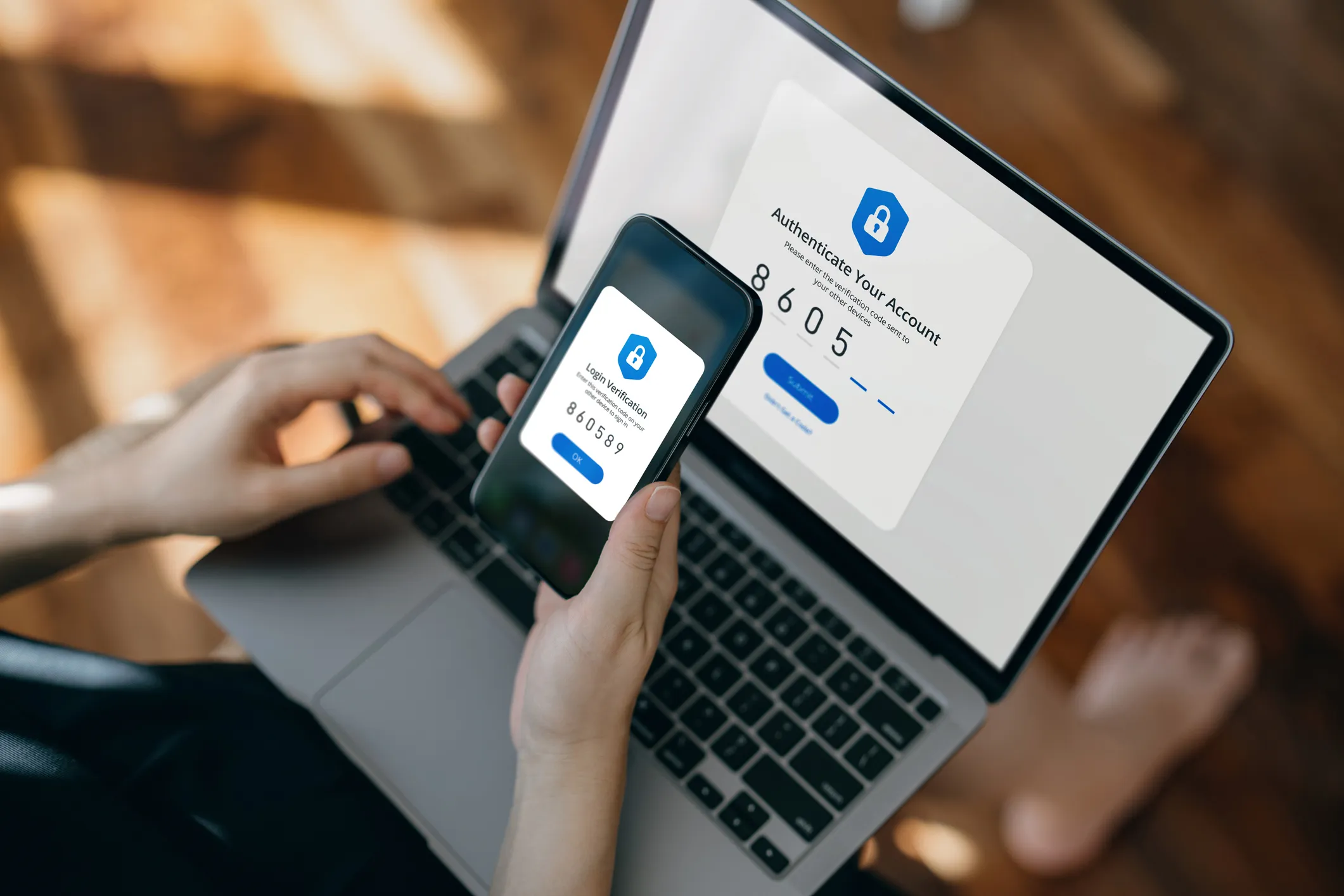What is the primary entry point for malware attacks?
Phishing attacks targeting employee inboxes are the most common initial access method used by malicious threat actors to deliver malware.
Because email remains the lifeblood of how organizations operate attackers continue to develop new techniques for creating more convincing and sophisticated phishing messages at scale.
What are new entry points cyber attackers are using?
While traditional phishing attacks are very common for attackers, they are not the only method threat actors are using to initiate malware delivery and other malicious campaigns of cyber disruption.
For its End of Year Threat Report, Darktrace analyzed attacks targeting customer environments. While email remains the most common means of attempted initial compromise, the second half of 2023 saw a significant rise in alternative initial access methods.
Much of this is taking advantage of cloud-base applications and collaboration tools including Dropbox, Microsoft Teams, and SharePoint which have become fundamental to how organizations operate in the era of hybrid work.
DarkGate exploits Microsoft Teams
Darktrace analysts have seen threat actors attempting to infect target networks with malware by leveraging Microsoft Teams and SharePoint.
In one example, Darktrace detected an attacker delivering DarkGate a trojan used to download other malware, by sending messages and attachments in Microsoft Teams and SharePoint.
The External Access functionality in Microsoft Teams allows users to contact people who aren’t in their organization. It’s designed as a tool to aid collaboration, but threat actors have realized they can abuse it for their own gain.
Users are told to lookout for suspicious email phishing messages, but often this thinking isn’t applied to Microsoft Teams and other collaboration platforms.
Messages from outside the organization are marked with a note that they are coming from an external source, but a well-designed phishing message with an urgent call to action can persuade the target to ignore this, driving them towards an external SharePoint URL, which tricks the user into downloading and installing malware.
Because this happens outside of the inbox, the activity can be missed by traditional email security solutions. Fortunately, in this case, it was detected by Darktrace and the activity was contained by Darktrace Autonomous Response it could drop any additional malware.
Dropbox has established itself as a leading cloud storage service by allowing users to share and access files, no matter where they are in the world or what device they’re using. But while this is legitimate and useful for organizations, it has also opened a new avenue for threat actors to exploit.
Dropbox as an attack vector
Darktrace recently detected attackers attempting to leverage Dropbox as an initial access method. Emails from ‘no-reply@dropbox[.]com’ – a legitimate email address – were sent to employees at a Darktrace customer.
The emails contained a link to push users towards to a PDF file hosted on Dropbox, which in turn contained a phishing link which if followed, took users to a convincing looking spoof of a Microsoft 365 login page designed to steal usernames and passwords.
A user fell victim to this campaign, unwittingly entering their Microsoft 365 credentials. Shortly after that, Darktrace / IDENTITY started to see suspicious activity relating to the account, with multiple logins from unusual locations which had never been associated with the account previously.
While many traditional security solutions successfully detect and disrupt email-based attacks, many struggle with cloud-based apps and services like Dropbox, Microsoft 365 and others.
There are several reasons for this, including the way in which the use of multiple different cloud services fragments the attack surface, making it hard for network administrators to keep track of everything, alongside the way in which some security solutions don’t take behavior into account in a system which can be accessed from anywhere. That means even from the other side of the world, attackers who have the right cloud credentials could access the network, potentially without being disrupted.
Why are attackers turning to alternative access methods?
Attackers are turning to alternative methods because delivering malicious links and payloads via cloud-based services potentially bypasses traditional cybersecurity protections. That, combined with how attackers can take legitimate login credentials to access system means attackers actions can’t be easily traced.
This rise in alternative initial access methods is likely a result of the continued development and enhancement of traditional email security solutions. But in the cat and mouse game of cybersecurity, threat actors continue to evolve new techniques to get by defenses.
Darktrace’s Self-Learning AI learns the unique digital environment and patterns of each business, meaning it can recognize subtle deviations in activity, even within cloud services, helping to mitigate and neutralize attacks and helping to keep your organization safe from cyber disruption.
Learn more about Darktrace
Join Darktrace LIVE half-day event to understand the reality versus the hype surrounding AI and how to achieve cyber resilience.
For more information on emerging threats read the Darktrace End of Year Threat Report 2023 here.
To learn more about Darktrace’s latest innovations watch the Darktrace Virtual Innovation Launch video here.






























.jpg)









